 Back to the Be Inspired Blog
Back to the Be Inspired Blog
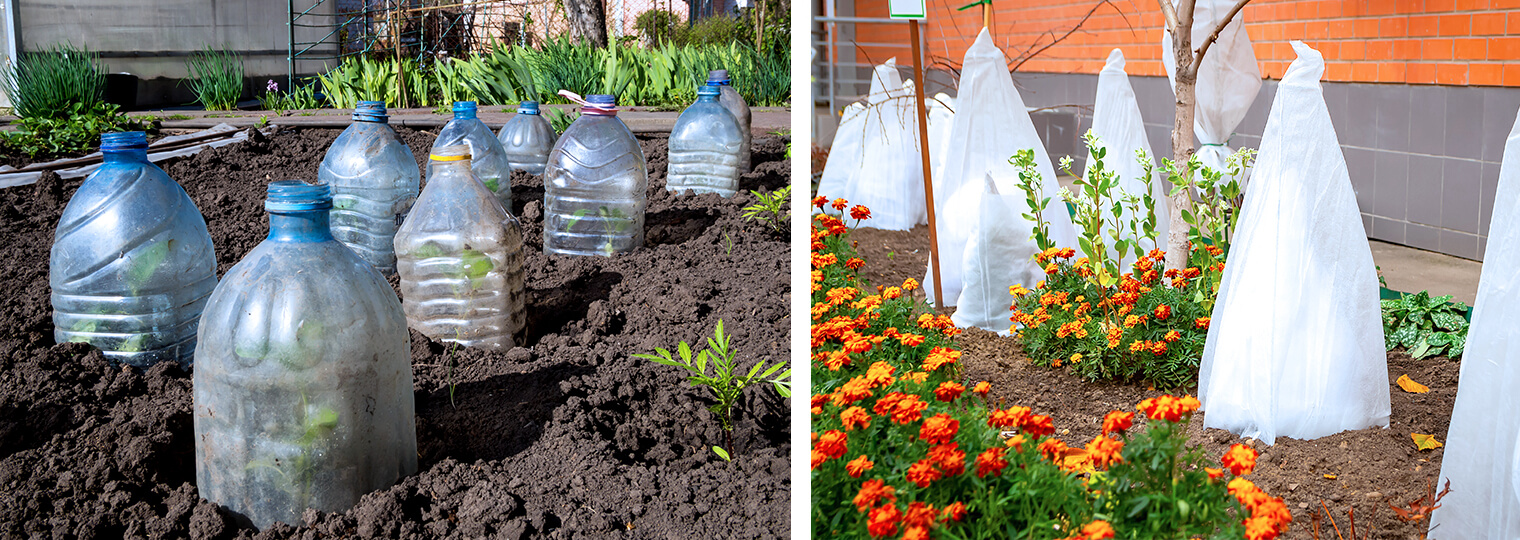
Ready, Set, Chill! Protect Your Plants This Winter
Jack Frost is kind of a jerk. If you’re not careful, he can kill off your favorite florals and precious plants. When you start to feel a chill in the air, take it as a sign to give your outdoor leafy pals some extra TLC.
How to Protect Plants in Winter
If you’re not familiar with the term, overwintering is the word for the process of protecting your plants as they try to survive their dormant and most difficult months.
When it comes to winter plants in California, find out which of your plants are hardy and which are tender. (The tender ones are the ones you need to worry about!) Knowing the difference will help you understand how far you should go to protect them from the cold.
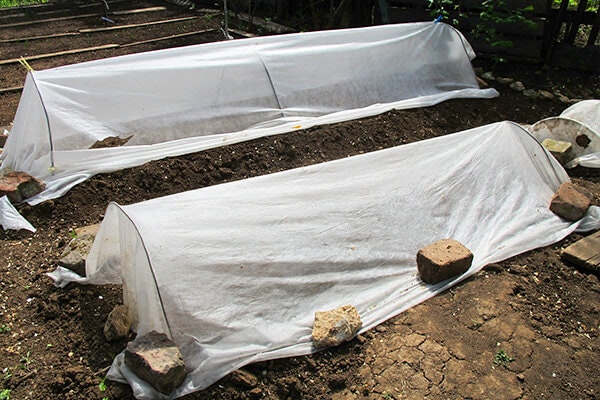
Covering Your Plants
Tender plants will need the most protection from the elements. Examples of tender plants include citrus, avocado, fuchsias, and some succulents. There are many different ways to protect these plants from the cold, but what you use will depend on size, location, and other factors. Sheets, burlap, blankets, shade cloth, and newspaper are good protectors against a mild frost when tented (but some can get too heavy when wet). For large plants, use a cardboard box with a vent cut into it, and for seedlings, try a plastic milk jug. Cut out the bottom and place over the seedlings, then take off the cap for a bit of airflow.
Anytime you cover a plant, particularly with plastic, try to avoid letting the cover make contact with the plant as it can cause cold damage. Using stakes and twine is a great way to prop up a plant cover and prevent shifting. You can also wrap some bubble wrap around the perimeter of your pot to surround the plant. (Just try to contain your urge to pop every single bubble!)
Mulch is also helpful to protect plants' roots. You can use bark, straw or an added layer of compost.
For frost protection, we recommend DeWitt N-Sulate Frost Protection Blankets. This medium weight, 1.5 oz. permiable, 10 ft. x 12 ft. fabric is ideal for protecting flowering annuals, bedding plants and vegetables from severe cold and freezing temperatures. Protects from freeze by raising the temperature beneath the fabric by 6-8 degrees fahrenheit. Installs quickly using DeWitt repins or anchor pins. UV Treated and reusable. Available while supplies last.
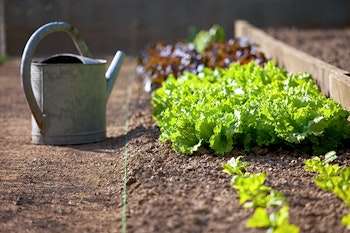
Watering Plants
It may seem counter-intuitive, but moisture protects many plants from frost damage. Keep an eye on the forecast and make sure plants are well-watered before a cold front sweeps in. Spray humidity-sensitive plants with antidesiccant, also known as antitranspirant, like Bonide Wilt Stop™. It helps prevent the plant from drying out too much by locking moisture in.
Move Potted Plants to a Sheltered Area
If you have outdoor potted plants, make them cozy up against a wall, a rock, or any shelter that protects it from any harsh winds. If possible, group a few plants together to help them stay warmer. (It also makes for a pretty cute display!) If you have an enclosed porch or patio, that’s the perfect place for your potted plant winter party! Just remember to make sure your potted plants are still getting watered if they are under a shelter...
Citrus Trees
A quick tip for citrus trees is that hanging lights on them can actually help prevent frost damage! Using 100-watt bulbs or stringing non-LED lights along your trees can provide a bit of light and disrupt frost from forming. However, this isn’t a long-term solution, so if you notice a cold snap on the forecast, wrap the tree snugly to protect it.
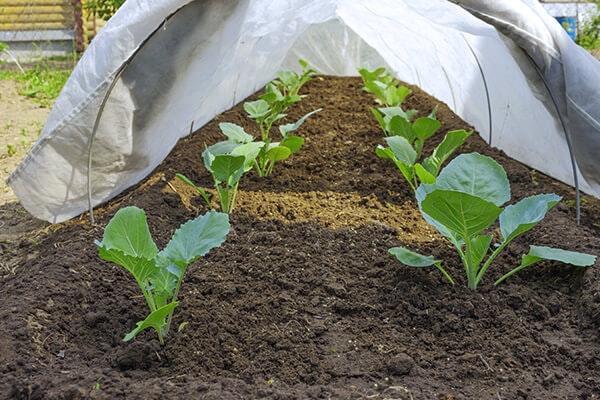
Winter Vegetables
If you’ve planted a winter crop of veggies like beets, broccoli, cauliflower, spinach, lettuce, onions, cabbage, sweet garden peas, or carrots, use “floating” row covers! The covers won’t touch the plants or any well-secured garden fabric, preventing cold transfer to your garden. Nobody likes freeze-burnt veggies!
Tropicals
The rules for how to protect tropical plants are a little different. They’re vulnerable to rot during the winter, so let them dry out a little. Cover them, or at least cover the root system with some mulch so that it can bloom anew when the weather warms up. Some succulents are cold hardy, but many are not. If possible, keep your succulents in pots so they can be kept inside during cold periods. These guys need to stay pretty dry throughout the year.
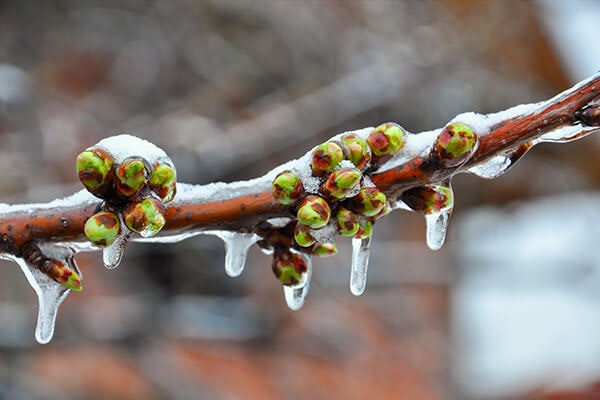
Plant Damage
Don’t prune damaged limbs during the winter. It’s best to prune in spring because the damaged limb actually works to protect the rest of the plant. Let’s be honest, we all let ourselves go a little bit during the winter months, so let your plants do the same!
Plants that have been hit by frost may look water-soaked, or turn brown or black, but remember not to panic! Learning how to protect your plants doesn’t need to be intimidating. Plants are resilient and, with a few extra steps, they will likely be just fine come warmer days.
In the meantime, dormant plants don’t mean dormant dreams. Start scheming and planning ahead for spring and visit your nearest SummerWinds California location for all your plant and garden needs.

